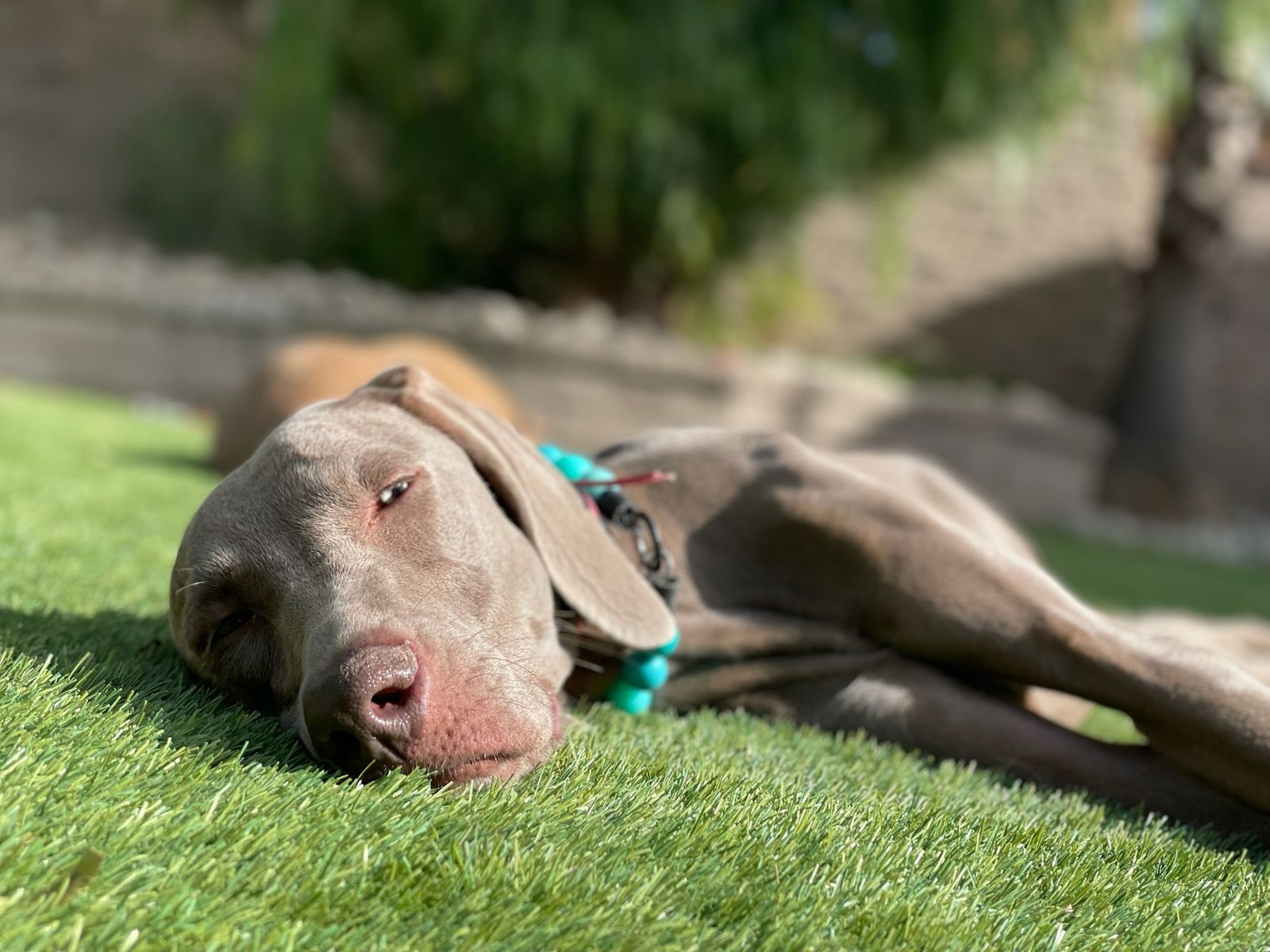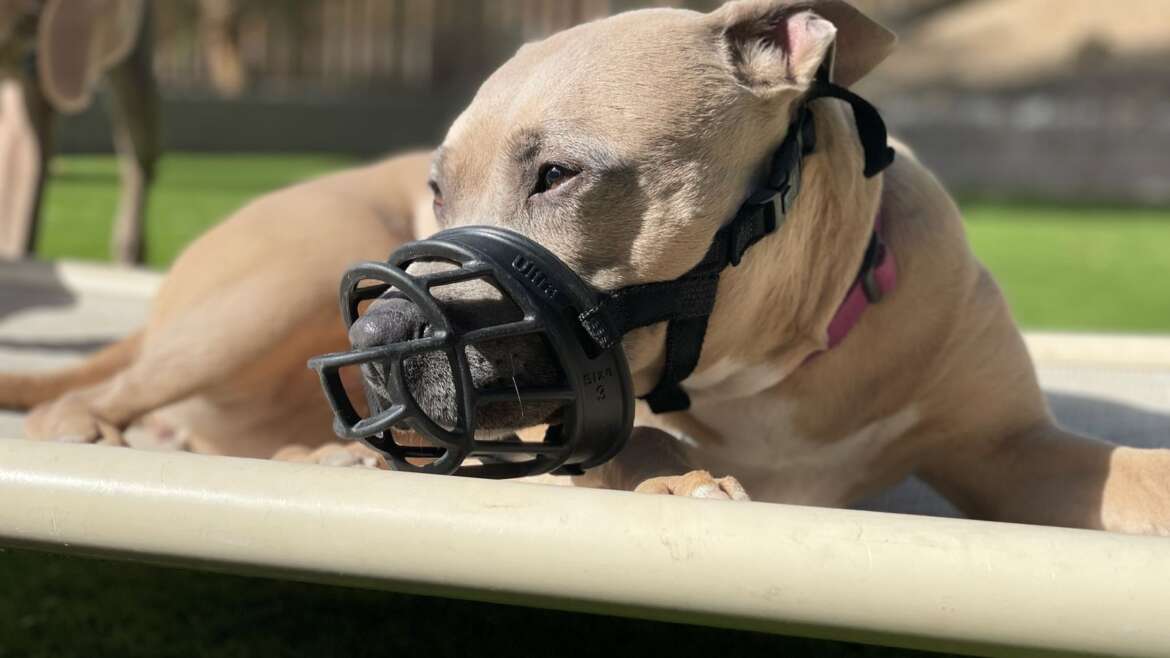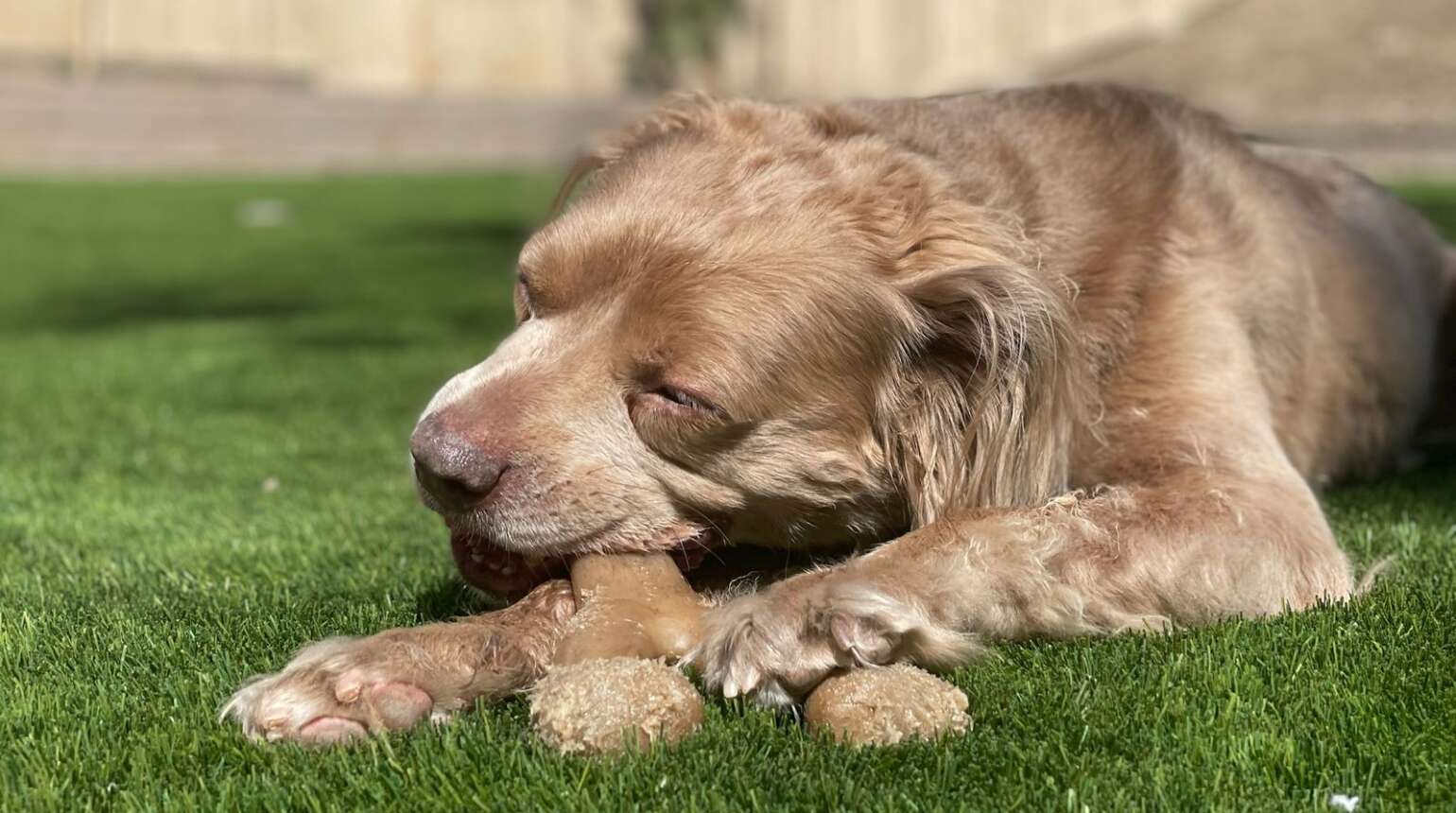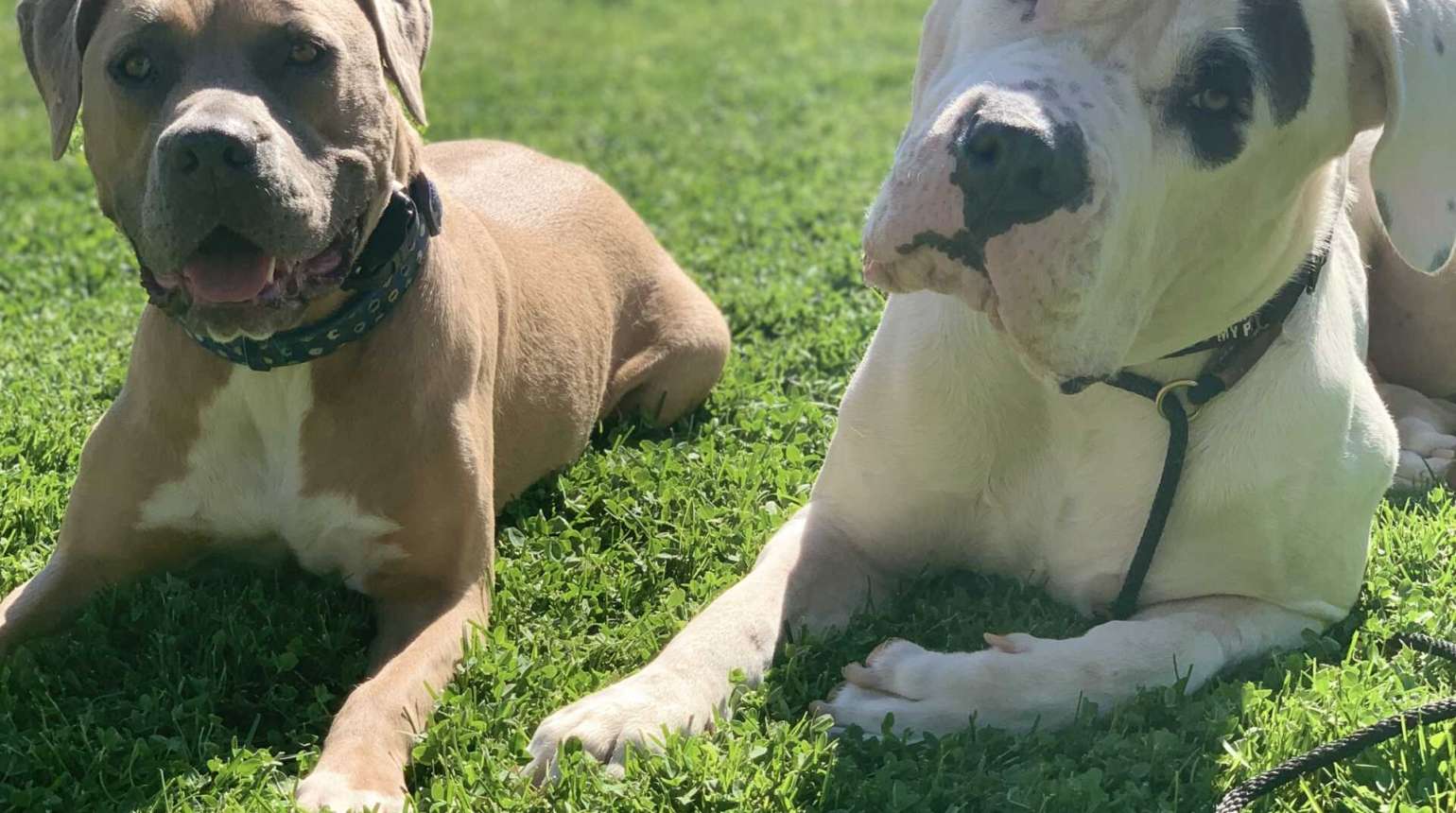When talking about reactive dogs it helps to understand that we are essentially dealing with an animal that is existing at high level of excitement in an environment where there is no trust (or respect). Correlating that to humans it would be equal to us living in a perpetual rock concert: high energy, explosive actions and hyped up adrenaline. 24 hours daily, 365 days out of the year. Then expecting our colleagues to trust the direction we are giving them. That is untenable. Hence why all of my clients dealing with reactive dogs come in looking exhausted, defeated, and, at times, exasperated. I recognize the look immediately. These clients have gone through other trainers, have worked hard, followed direction and saw absolutely no change in the behavior of their dogs. These were actually the lucky ones, many actually experienced a worsened in reactivity when following direction from trainers. As said before on this blog, it is the Wild West out there when it comes to dog trainers. My job when meeting these types of packs: reactive dog + exasperated owner is to say to them: “I see you. I can guide you. But you will have to trust me”.

To the ones that stay, we start with the most basic of questions:
-Do you trust your dog?
I ask that you respond with the understanding that this is not a statement about you or your dog. It is not about how much one loves their dog. It is a simple statement of fact. For reactive dog owners, the objective answer to this question is no. Reactivity (in dogs) is a sign of miscommunication. Come to think about it, the same is true for humans, isn’t it? When we don’t feel understood, seen, heard, we often get in to a state of fight-flight. Since dogs can’t lie, they simply display the behavior for all to see. It is that simple.
-Do you want to trust your dog?
The obvious answer here is yes or else they wouldn’t be here. Nevertheless, I feel it is important for humans to say it out loud. Many times during the process of behavior modification, we may want to give up. Having the imprint of us saying what we want out loud, helps to make it more powerful. The road might get bumpy ahead, but the commitment has been made.
-Do you trust me?
One can only guide a surrendered mind. Be it teaching dogs, humans, horses… my job is to guide the ship towards calmer waters and for that we all need to be in agreement. I need all to trust that I have been here before and know the way through.
The most important thing one can do when working with a reactive dog is slow everything (I mean everything) way down. Start with the most basic exercises in order to begin reframing the imprint of the relationship from one of fight – flight to one of surrender. Since these dogs are in a perpetual state of high excitement, slowing down will also help everyone (I mean everyone) to start breathing and operating at lower levels. Not an eternal rock concert. Recreating the relationship to one of trust and respect requires more rules and boundaries on both parties, which is a great way to, in my opinion, bond with your pup. An easy exercise to start with is ‘waiting’ for your dog to lie down in their crate before you allow them to come out. This might take a long time, hence the quotation above. Since this is a trust building exercise, it might not happen in 10, 20, 40 minutes. That is the work, surrendering to the fact that the dog is not coming out until they lie down. One can take this time to simply be, or meditate, answer emails, or watch a movie. How you achieve the surrender is not as important as you both being able to do it. Repeat this everyday for a week. Pretty soon your dog will know no other way of coming out of the crate. That’s trust and respect been built one step at a time.
Happy Training!



